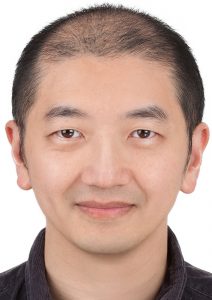Chair Professor Ming Ming CHIU, The Education University of Hong Kong

Title: How to improve students’ research projects for publication: Case studies of Univeristy of Macau student competition winners
Chair Professor Ming Ming CHIU
Abstract
Every good, publishable research study begins with an important question whose answer has useful consequences. Next, we learn from scholars’ past efforts to answer the question to build a corresponding theory with cause -> effect mechanisms (A -> B -> C …). To test our theory, we design the best possible study (data, analysis), given our (team’s) limited skills and resources. After implementing the study, we interpret the results to determine which parts of our theory are supported (vs. rejected). Then, we consider its implications for theory, methodology, and practice/policy for key stakeholders. Using research proposals from University of Macau student competition winners, I will illustrate these ideas and give them customized tips. Then, I will answer audience questions about their own research proposals.
Bio
Ming Ming CHIU is Chair (Distinguished) Professor of Analytics and Diversity and Analytics/Assessment Research Center Director, The Education University of Hong Kong. A graduate of Columbia BS (computer science), Harvard EdM (interactive technology) and UC‑Berkeley PhD (education), he was Senior Advisor to South Korea’s Minister of Corporations, and advises China’s Ministry of Education and Qatar’s Ministry of Education. He invented (a) statistical discourse analysis to model online and face-to-face conversations (top 50 learning science idea –International Society of the Learning Sciences), (b) multilevel diffusion analysis to detect corruption in the music industry, (c) artificial intelligence Statistician, and (d) online detection of sexual predators. His 85 grants (US$24 million) yielded 290 publications (198 journal articles; 15,000+ citations; #8 in Education in China, 2022), 17 keynote speeches, 5 television broadcasts, 17 radio broadcasts, and 189 news articles in 22 countries. He creates automatic statistical analyses for Big Data.